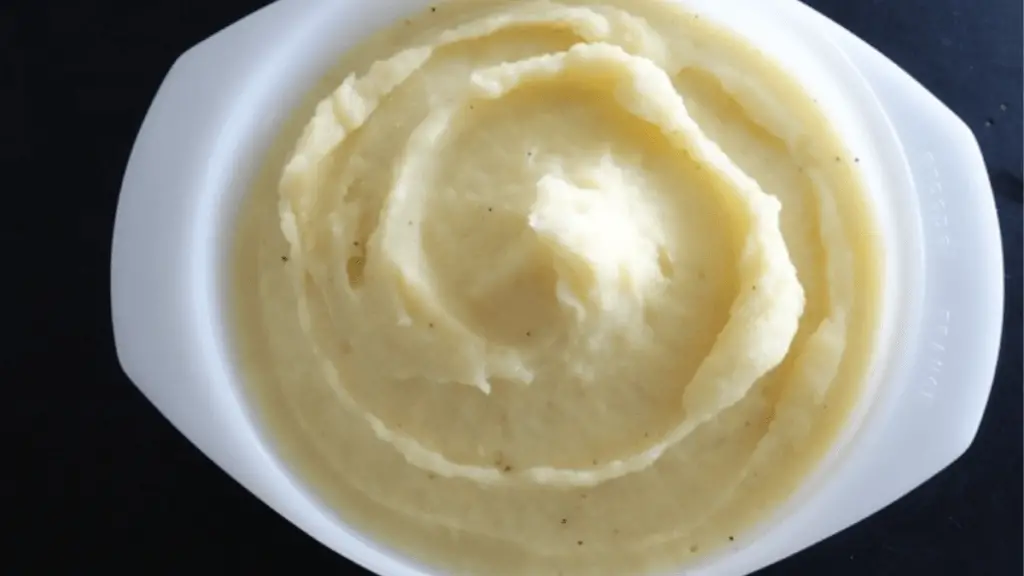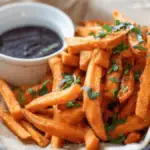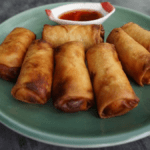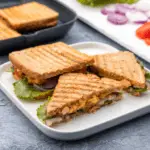What is Mashed Potato
Mashed potato recipe are usually seasoned with salt and pepper, although other recipes call for additional herbs or spices for flavor. The traditional recipe for mashed potatoes calls for boiling the potatoes until they are soft, then mashing them to a smooth, creamy consistency. To improve the smoothness and taste of these boiled potatoes they are mashed with substances such as sour cream or buttermilk cream.
Here’s a simple mashed potato recipe
Ingredients
- 2 pounds (about 1 kg) of potatoes (Russet or Yukon Gold work well)
- 4 tablespoons (56g) unsalted butter, softened
- 1/2 to 1 cup (120–240 ml) warm milk or cream
- Salt, to taste
- Pepper, to taste (optional)
- Chopped fresh herbs like parsley or chives for garnish (optional)
Instructions
1/ Peel the potatoes and cut them into chunks of roughly equal size. This ensures they cook evenly.
2/ Place the potato chunks in a large pot and cover them with cold water. Add a pinch of salt to the water.
3/ Bring the water to a boil over high heat, then reduce the heat to medium-low and let the potatoes simmer until they are fork-tender about 15-20 minutes.
4/ Drain the potatoes thoroughly and return them to the pot.
5/ Use a potato masher, fork, or potato ricer to mash the potatoes until they reach your desired consistency. Some prefer a smoother texture, while others like them a bit chunky.
6/ Add the softened butter to the mashed potatoes and mix until the butter is fully incorporated.
7/ Gradually add warm milk or cream to the mashed potatoes, starting with 1/2 cup and adding more as needed to achieve the desired creaminess. Mix well after each addition. The amount of milk or cream you use will depend on the desired consistency of your mashed potatoes.
8/ Season the mashed potatoes with salt and pepper, to taste. Be sure to taste as you add seasonings to adjust according to your preference, Garnish with chopped fresh herbs like parsley or chives for added flavor and presentation.
Serve the mashed potatoes hot as a side dish with your favorite main course.
Some Tips and Tricks
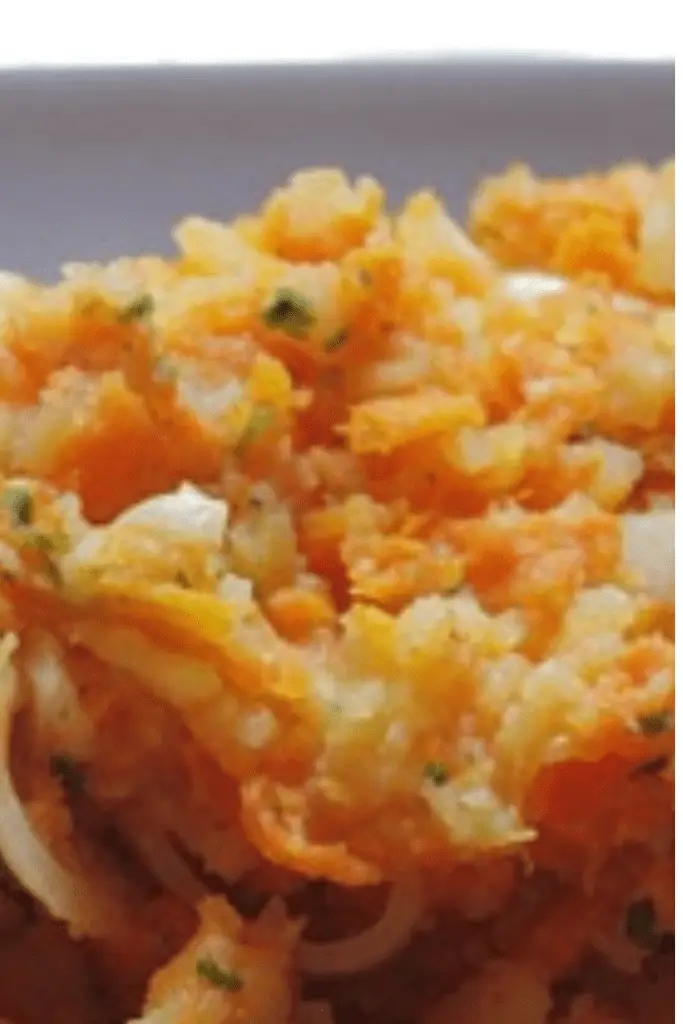
Potato Selection: Opt for starchy potatoes like Russets or Yukon Golds as they yield a fluffier texture when mashed.
Even Cooking: Cut potatoes into evenly sized chunks to ensure they cook uniformly, reducing the chance of some pieces being overcooked while others are underdone.
Boiling Technique: Start cooking potatoes in cold water rather than boiling water to allow for even cooking from the inside out. This prevents the outside from becoming mushy before the inside is fully cooked.
Don’t Overcook: Be cautious not to overcook the potatoes; they should be tender but not falling apart. Overcooking can result in waterlogged potatoes and a gluey texture.
Drain Well: Drain the cooked potatoes thoroughly to remove excess water. You can even return them to the warm pot over low heat for a minute or so to evaporate any remaining moisture.
Warm Ingredients: Use warm milk or cream and softened butter when mashing the potatoes. Cold ingredients can cool down the potatoes and make them less creamy.
Mashing Technique: Use a potato masher, ricer, or hand mixer for mashing. Avoid using a food processor or blender as they can overwork the potatoes, resulting in a gummy texture.
Butter and Cream: Start with a good amount of butter and gradually add warm milk or cream until reaching the desired creaminess.
Seasoning: Taste and season the mashed potatoes with salt and pepper gradually, allowing you to adjust according to your preference.
Garnish Creatively: Consider adding chopped fresh herbs like parsley, chives, or a sprinkle of paprika on top for both added flavor and an appealing presentation.
Keep Warm: If not serving immediately, cover the mashed potatoes with a lid or foil and keep them warm in a low-temperature oven or in a heatproof dish over a pot of simmering water.
Common Mistakes to Avoid
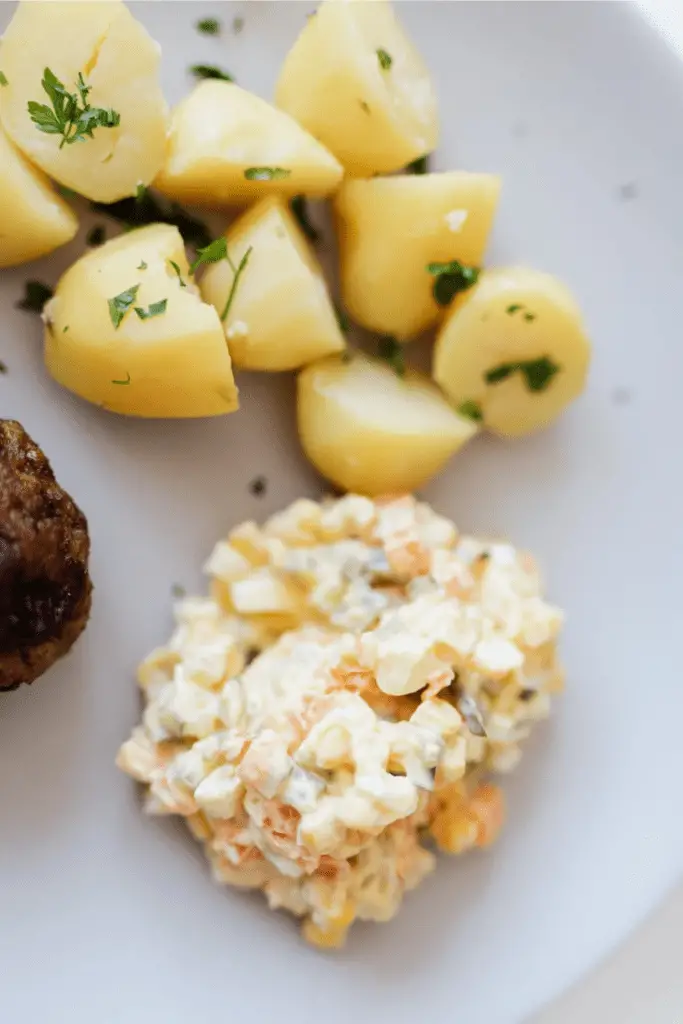
Overcooking potatoes: Boiling potatoes for too long can result in a mushy texture. Cook them just until they’re fork-tender to avoid a waterlogged consistency.
Using the Wrong Potatoes: Choosing waxy potatoes instead of starchy ones can lead to a less creamy texture. Stick to varieties like Russets or Yukon Golds for fluffier mashed potatoes.
Skipping the Drying Step: Failing to drain the cooked potatoes properly can retain excess moisture, resulting in watery mashed potatoes. Drain them well and even return them to the pot over low heat to evaporate any remaining moisture.
Cold Ingredients: Adding cold milk, cream, or butter to hot mashed potatoes can cool them down and make them less creamy. Ensure your ingredients are warm before mixing.
Overworking the potatoes: Using a food processor or over-mixing with an electric mixer can lead to gluey mashed potatoes. Use a gentle hand tool like a potato masher or ricer instead.
Adding Too Much Liquid at Once: Pouring in all the milk or cream at once can make the mashed potatoes too runny. Add the liquid gradually until you achieve the desired consistency.
Underseasoning: Potatoes require a good amount of salt to enhance their flavor. Seasoning too lightly can result in bland-tasting potatoes. Taste as you go and adjust seasoning accordingly.
Not Adjusting Texture: Some prefer smooth mashed potatoes, while others like them with a bit of texture. Adjust the mashing process to achieve the consistency you prefer.
Letting Them Sit Too Long: If mashed potatoes sit for too long before serving, they can lose their optimal texture and become less appealing. Serve them fresh and hot whenever possible.
The nutritional facts for mashed potatoes can vary depending on the specific ingredients used and portion sizes. Here’s a general idea based on a typical homemade mashed potato recipe:
Nutrition Facts
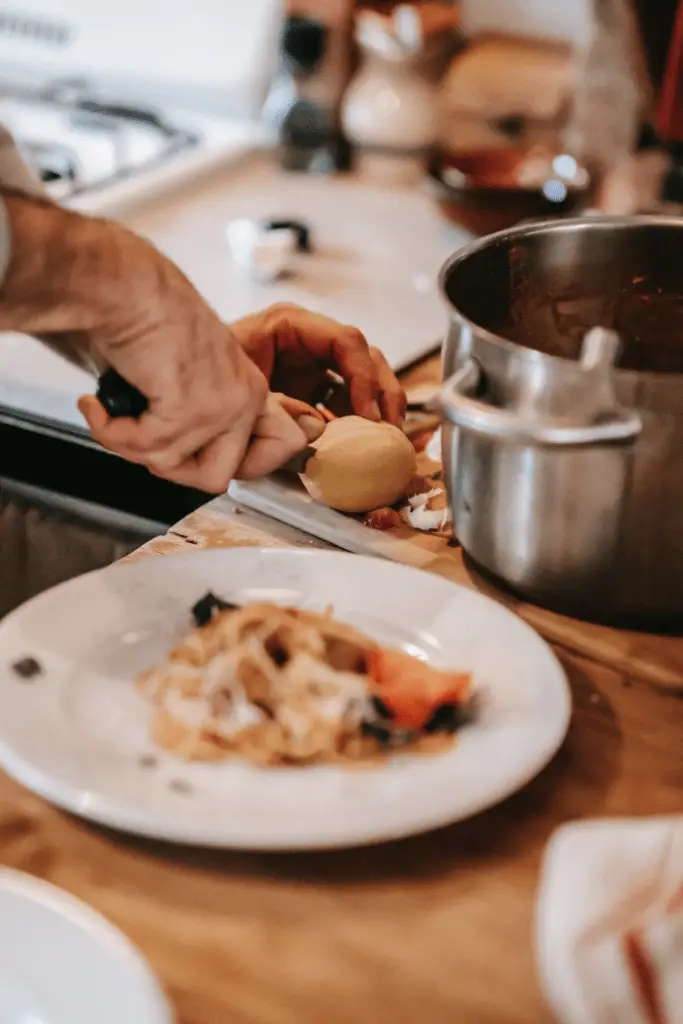
Nutrition Facts (per serving, approximately 1 cup or 200 grams of mashed potatoes)
- Calories: Approximately 210 calories
- Total Fat: Around 7 grams
- Saturated Fat: Approximately 4 grams
- Trans Fat: Minimal to none
- Cholesterol: Around 20 milligrams
- Sodium: Approximately 400 milligrams (may vary based on added salt)
- Total Carbohydrates: Approximately 33 grams
- Dietary Fiber: Around 3 grams
- Sugars: Minimal (natural sugars from potatoes)
- Protein: Approximately 4 grams
Please note that these nutritional values are approximate and can vary depending on factors like the type of potatoes used, the amount of butter or cream added, and any additional seasonings or toppings. If you’re concerned about specific dietary requirements or health conditions, it’s advisable to calculate the nutritional information based on the exact ingredients and quantities you use in your recipe.
FAQs About Mashed Potato Recipes

Q: Can I use any type of potato for mashed potatoes?
A: While you can use various types of potatoes, starchy varieties like Russets or Yukon Golds are generally preferred for their fluffy texture when mashed.
Q: How do I prevent lumps in mashed potatoes?
A: To avoid lumps, ensure the potatoes are cooked until tender, use a potato masher or ricer for a smoother texture, and add warm liquids gradually while mixing.
Q: Can I make mashed potatoes ahead of time?
A: Yes, you can prepare mashed potatoes a day in advance. Reheat them gently in a pot or microwave, adding a bit of extra butter or milk to retain their creaminess.
Q: How can I make mashed potatoes creamier without adding more butter?
A: Consider using warm milk or cream gradually while mashing. Adding a bit of sour cream or cream cheese can also enhance creaminess without extra butter.
Q: Are mashed potatoes gluten-free?
A: If made with gluten-free ingredients, such as potatoes, butter, and gluten-free milk or cream, mashed potatoes can be a gluten-free dish. However, always check labels to ensure ingredients are gluten-free.
Q: What can I do with leftover mashed potatoes?
A: Leftover mashed potatoes can be used in various recipes such as potato pancakes, shepherd’s pie topping, or mixed into soups for added creaminess.
Q: How do I store leftover mashed potatoes?
A: Store them in an airtight container in the refrigerator for up to 3-5 days. Reheat gently on the stove or in the microwave, adding a little extra liquid if needed.
Q: Can I freeze mashed potatoes?
A: Yes, mashed potatoes can be frozen for up to 2-3 months. Store them in a freezer-safe container, and when reheating, add a bit of extra liquid to restore creaminess.
Q: Can I make vegan mashed potatoes?
A: Absolutely! Replace butter with a non-dairy spread or olive oil, and use plant-based milk or vegetable broth instead of dairy milk or cream to make vegan mashed potatoes.
